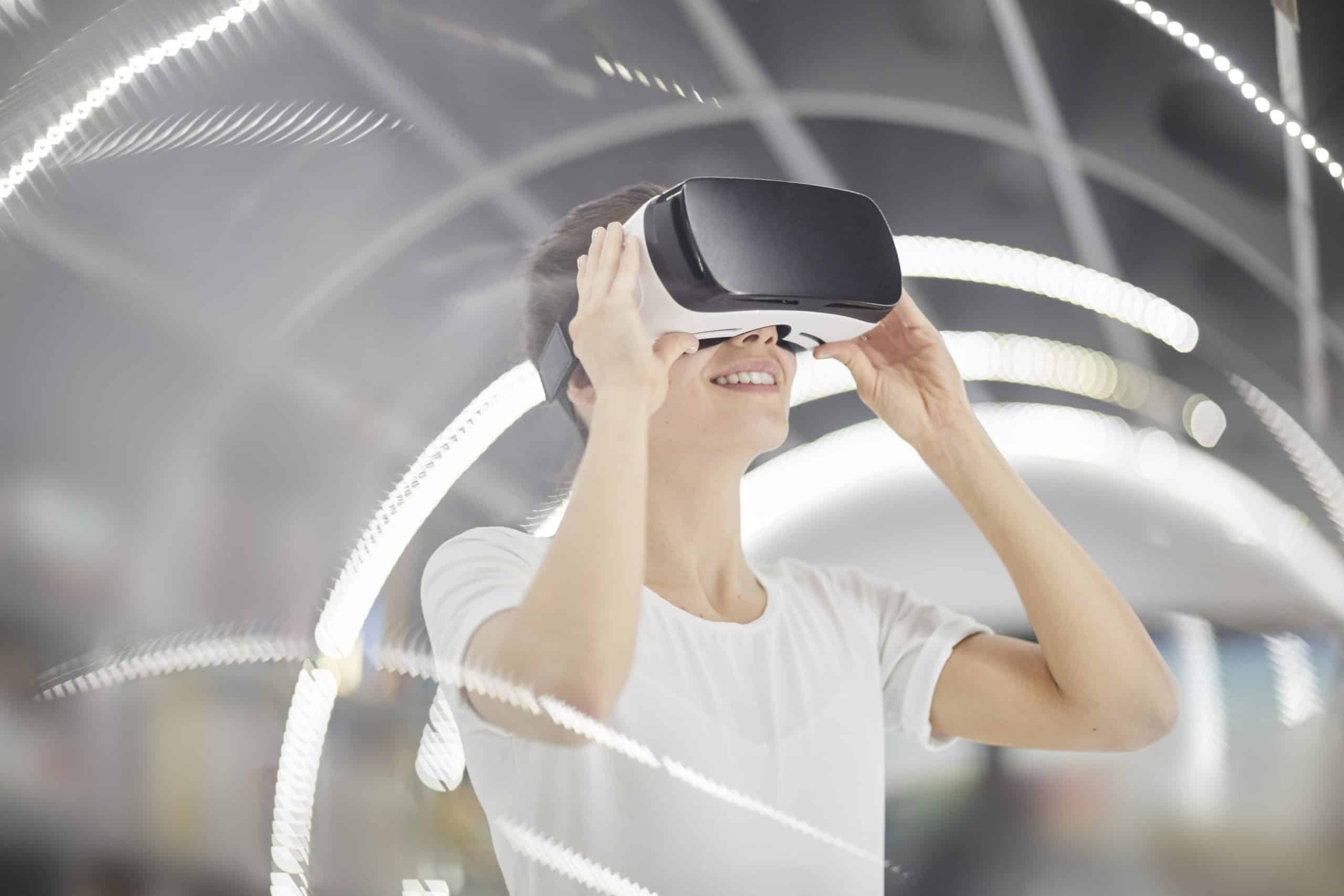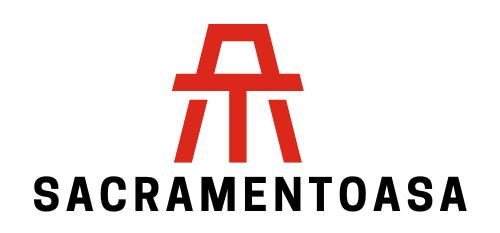Can Smart Glasses with Real-Time Translation Tools Break Language Barriers in the UK?

The language barrier has always been a hindrance to communication in an increasingly globalized world. This issue is particularly prevalent in the UK, a multicultural hub where numerous languages intersect. However, the rise of augmented reality (AR) technology, particularly smart glasses with real-time translation tools, promises a potential solution. This technology can translate foreign languages in real time, enabling people to understand and communicate effectively. So, can such advanced tools really break down language barriers in the UK?
Google Glasses: Pioneers of Smart Glass Technology
Google Glasses, an ambitious project launched by Google in 2013, were the first to introduce the concept of smart glasses to the public. These glasses were equipped with a heads-up display (HUD) that enabled users to interact with the device using gestures, voice commands, and head movements. Google Glasses were a significant stride in technology, incorporating features such as data access, real-time translation, and augmented reality functionalities.
Avez-vous vu cela : What Are the New Developments in Non-Surgical Treatment for Sports Injuries in the UK?
However, due to various reasons, including privacy concerns and the high cost, Google Glasses did not reach the mass market as expected. Nevertheless, they paved the way for more advanced and user-friendly smart glass technologies, which possess the potential to revolutionize communication and language translation.
XRAI: A Leap Forward in Smart Glasses and Translation Services
The XRAI glasses, a recent innovation in smart glass technology, have taken Google’s concept to a whole new level. Equipped with an advanced augmented reality system and real-time translation capabilities, these glasses can translate multiple languages in real time right before your eyes.
A lire aussi : What Are the Legal and Ethical Considerations of Drone Journalism in the UK?
As you wear the XRAI glasses and look at a foreign language text, the device will scan it using advanced optical character recognition technology. Once the data is captured, the translation engine kicks in, and within a fraction of a second, the translation appears in your field of vision. This technology also extends to spoken language, utilizing voice recognition software to provide near-instantaneous translations of foreign speech.
Breaking Language Barriers in Real-Time: A Game-Changer?
The real-time translation feature of smart glasses could be a game-changer in breaking language barriers. People can now understand foreign languages almost instantly, whether it’s reading signs or engaging in conversation. For instance, a British person wearing XRAI glasses can easily understand a French conversation or read a Spanish newspaper without knowing any words in those languages.
The implementation of this technology also opens up endless opportunities for businesses and services. An English-only speaking business professional can effortlessly communicate with potential clients or partners who speak different languages, without the need for an interpreter. This could foster international business relationships and make the business environment in the UK more inclusive and diverse.
Accessibility for the Hearing Impaired: An Added Advantage
Beyond breaking down language barriers, smart glasses with real-time translation can serve a vital role in improving accessibility for people with hearing impairments. By translating spoken language into written text, these glasses can help the hearing impaired to understand conversations happening around them.
For instance, a hearing-impaired person wearing smart glasses in a meeting can read the real-time transcriptions of their colleagues’ speeches in their field of vision. This could be a significant step forward in making services, workplaces, social events, and public spaces more inclusive for people with hearing disabilities.
Are There Any Challenges?
While the potential of smart glasses with real-time translation is immense, there is no denying that certain challenges need to be addressed. First, the accuracy of translations is crucial. Misinterpretations or errors in translation can lead to misunderstandings, which could have serious consequences in certain scenarios.
Secondly, the cost of these glasses is a significant factor. For the technology to be widely adopted and truly break down language barriers, it needs to be affordable to the average consumer. The privacy of users and ethical considerations are also important factors to consider.
Despite these challenges, smart glasses with real-time translation represent a promising advancement in technology. With ongoing improvements in augmented reality, artificial intelligence, and language processing technologies, the day when language barriers will be a thing of the past might not be too far off.
Opportunities and Limitations of Smart Glasses in Sign Language Translation
Sign language is a vital means of communication for many deaf and hard-of-hearing individuals. The ability of smart glasses, such as Google Glass and XRAI Glass, to translate spoken language into text is indeed a breakthrough. However, an equally exciting prospect is the potential application of these devices in sign language translation.
Many smart glasses are equipped with cameras and motion sensors, which have the potential to detect and interpret sign language. A user wearing these glasses could understand sign language conversations without needing to know sign language themselves, as the glasses would translate the signs into written or spoken language in real time.
This could be particularly beneficial in social situations and workplaces, making them more inclusive for people with hearing loss. For example, a deaf person using sign language could communicate effortlessly with a non-signing individual wearing these glasses. Similarly, a hearing person could understand a signing individual without the need for a human interpreter.
However, there are considerations to bear in mind. Sign language is not universal; there are hundreds of different sign languages worldwide, each with its own unique grammar and syntax. Moreover, sign language often incorporates facial expressions and body movements, which could be difficult for the glasses to interpret accurately.
Another limitation is the current lack of hands-free control on many smart glasses. People using sign language need their hands free to communicate, so controlling the glasses using hand gestures may not be feasible. However, voice commands, head movements, and advancements in artificial intelligence could potentially overcome this issue.
Conclusion: The Future of Language Translation with Augmented Reality
The possibilities presented by smart glasses with real-time translation systems are truly transformative. As augmented reality, artificial intelligence, and language processing technologies continue to advance, these devices could radically reshape the way we communicate across language barriers.
For individuals with hearing loss, the potential benefits are significant. Smart glasses could make spoken language more accessible, and with further development, they might even interpret sign language in real time.
Nevertheless, there are still hurdles to overcome. Accurate translation is paramount, and the cost of these devices must be addressed to ensure they are accessible to all. Moreover, ethical considerations, particularly around privacy, cannot be overlooked.
In summary, the introduction of smart glasses with real-time translation represents an exciting step forward. While there is still a long way to go, it seems increasingly likely that the dream of effortless communication, unimpeded by language barriers, could become a reality in the not-too-distant future.
